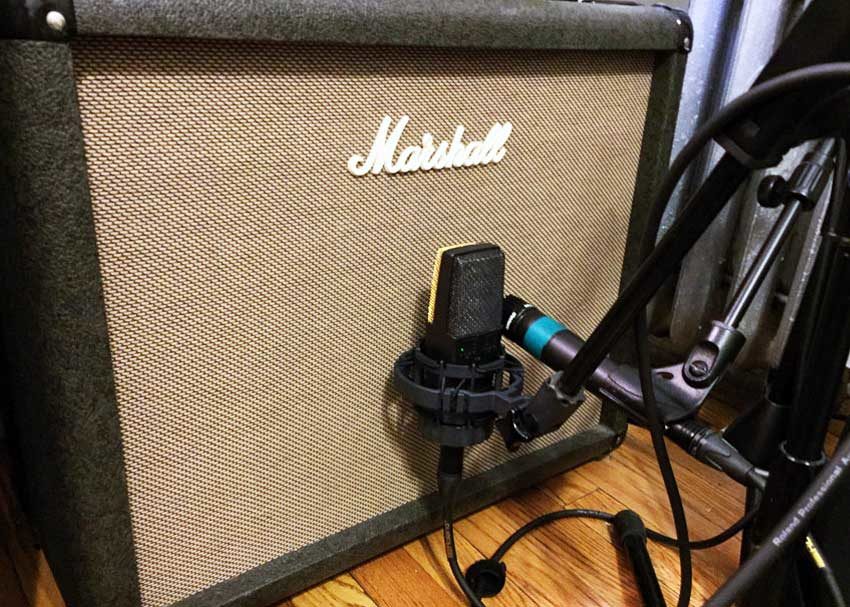Recording guitar is an art form. At TRCoA we always tip students to split a guitar's signal path so we have a clean DI track that can later be re-amped or processed through a digital amp simulation.
For guitar recordings that I do at home and send out to artists, I like to go one step further. I use a Radial JDV MK3 DI that has 3 outs. This lets me run one out to an amplifier that I mic up with a dynamic mic and a condenser mic. Then I take one out and run it through a tube pre that I then run into S-Gear. S-Gear is a collection of guitar amps, speaker cabinets, and effects implemented in software for use with your computer that I believe is the best. The last out is my totally clean DI.
When I send an artist my guitar recordings I am then able to send them 4 different options. I'll send the my amp microphone tracks (2), I'll send them an amp simulation that I pressed with effects (Delay, Reverb), I'll send them an amp simulation that I pressed with no effects (Clean Dry Amp), and finally I'll send them a totally clean DI signal that can be reamped or run into an amp simulation of choice.
With these options the artist has many options when it comes time to mix.
Stay tuned for more recording guitar tips in part two!










There are 0 comments